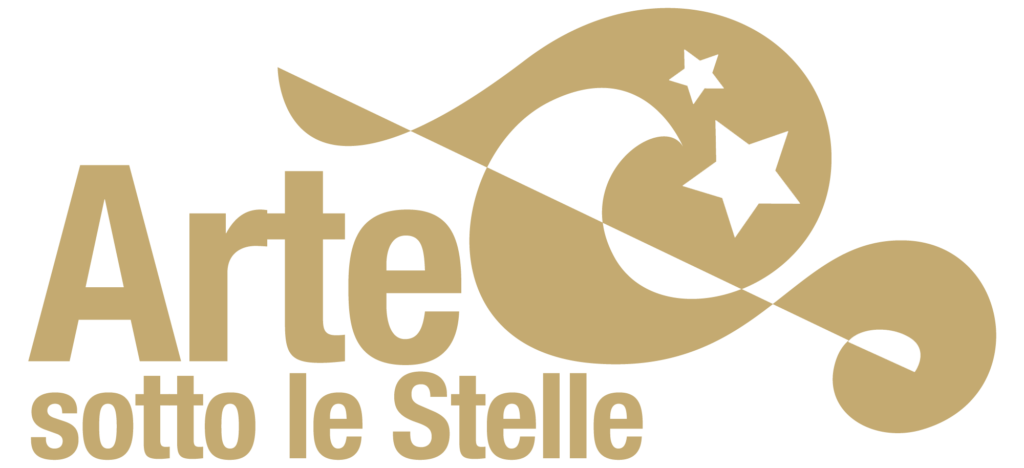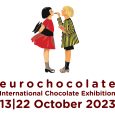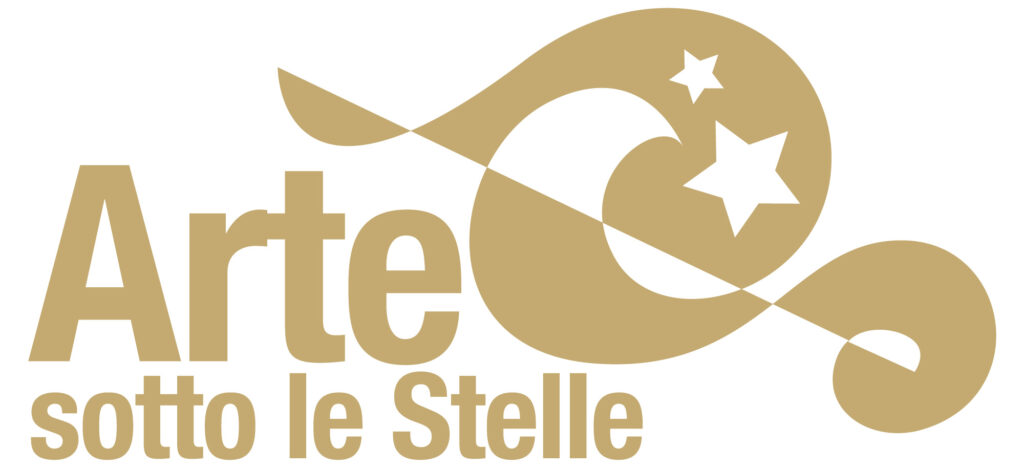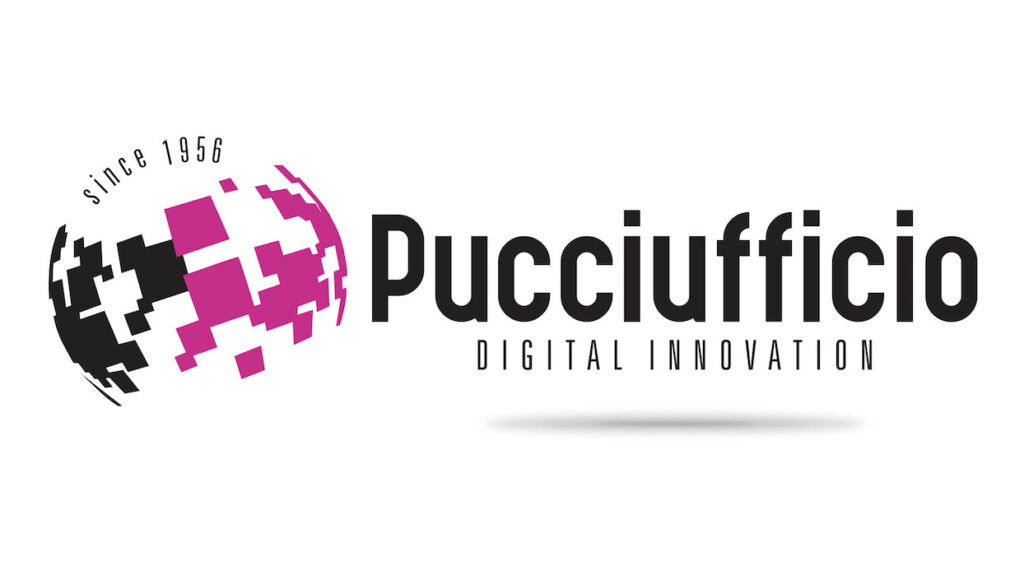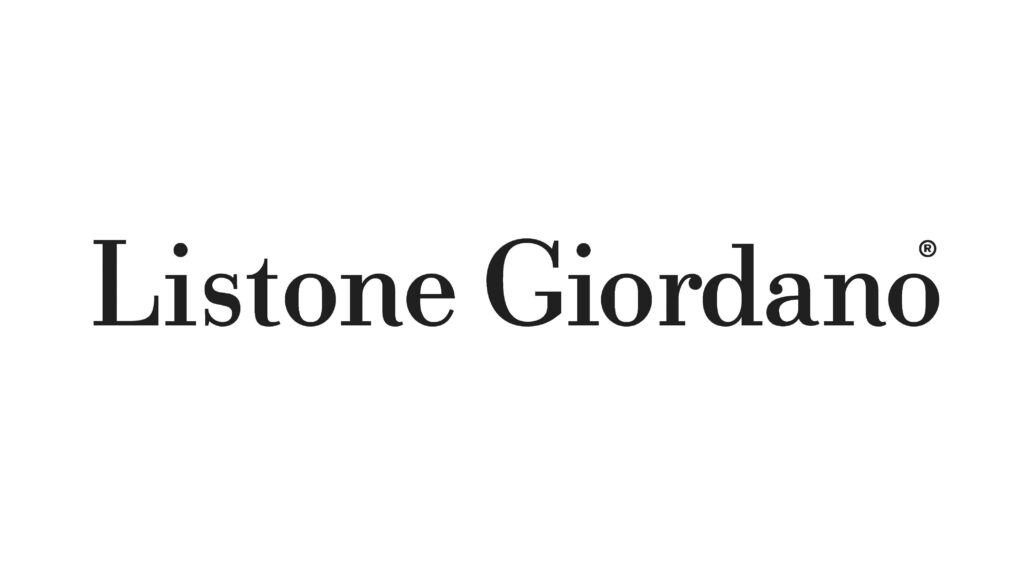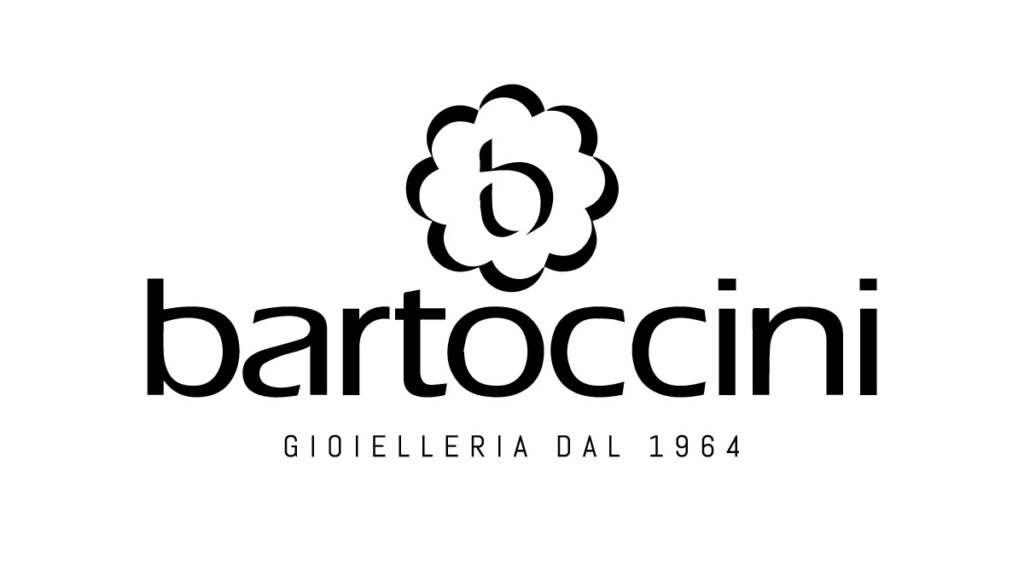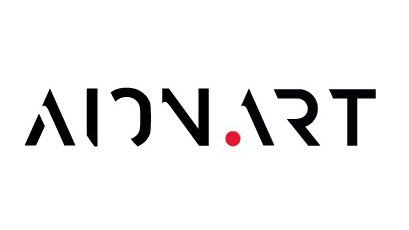Christ on the Tomb – Perugia
The table depicting Jesus rising from the tomb originally belonged to the upper part of the Pala dei Decemviri, or constituted the cymatium; the entire work was commissioned to Perugino by the City of Perugia to be placed in the Chapel of Priori in 1495.
This theme was chosen by the Priors probably to celebrate the establishment of the Monte di Pietà, a non-profit loan bank strongly wanted on the initiative of the Franciscan preachers, to counter the usury activity practiced by the Jewish community.
Christ, in the act of showing the wounds of the Passion with his palms facing the observer and his head leaning to the right, responds to the typical iconography of the Pietà; Perugino shapes a body that, while suffering, is pervaded by a warm and suffused light, which mitigates the livid color of the complexion and softens the composition. The black background and the dark red thong contribute in creating an atmosphere of intense spirituality.
The frame is original: it dates back to the same period of the painting and was realized by Giovanni Battista di Cecco called “Bastone” (“Stick”).
The central altarpiece of the altar machine is at the Vatican Museums, while the frame has remained in Perugia and was placed around the Pala Tezi.
The work is preserved at the Galleria Nazionale dell’Umbria.


